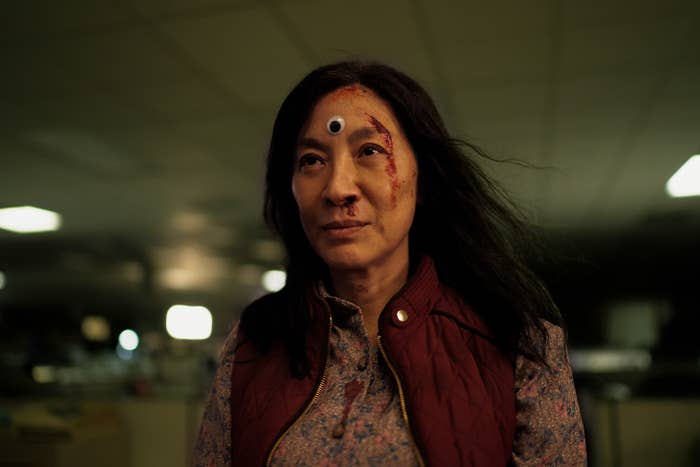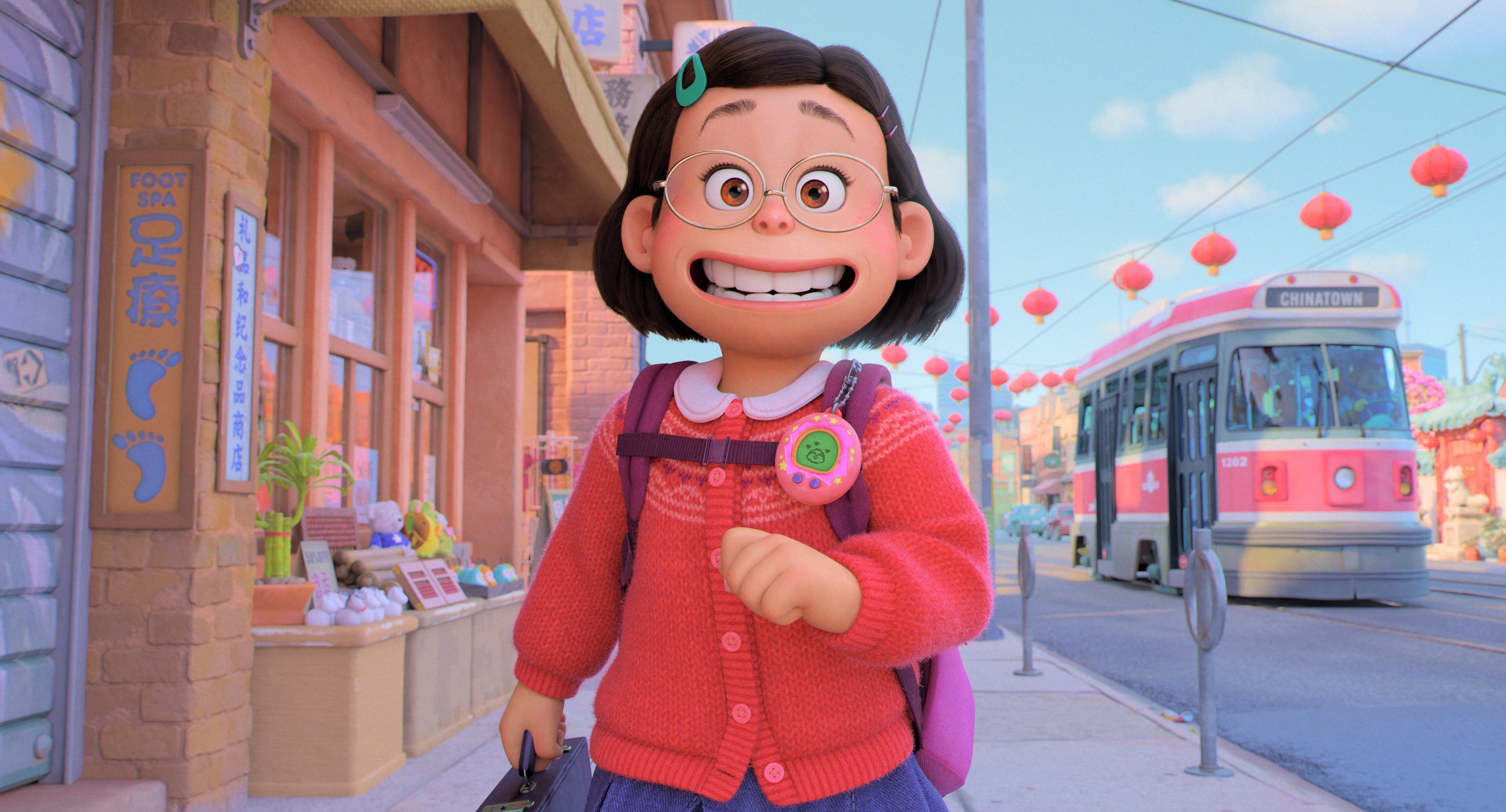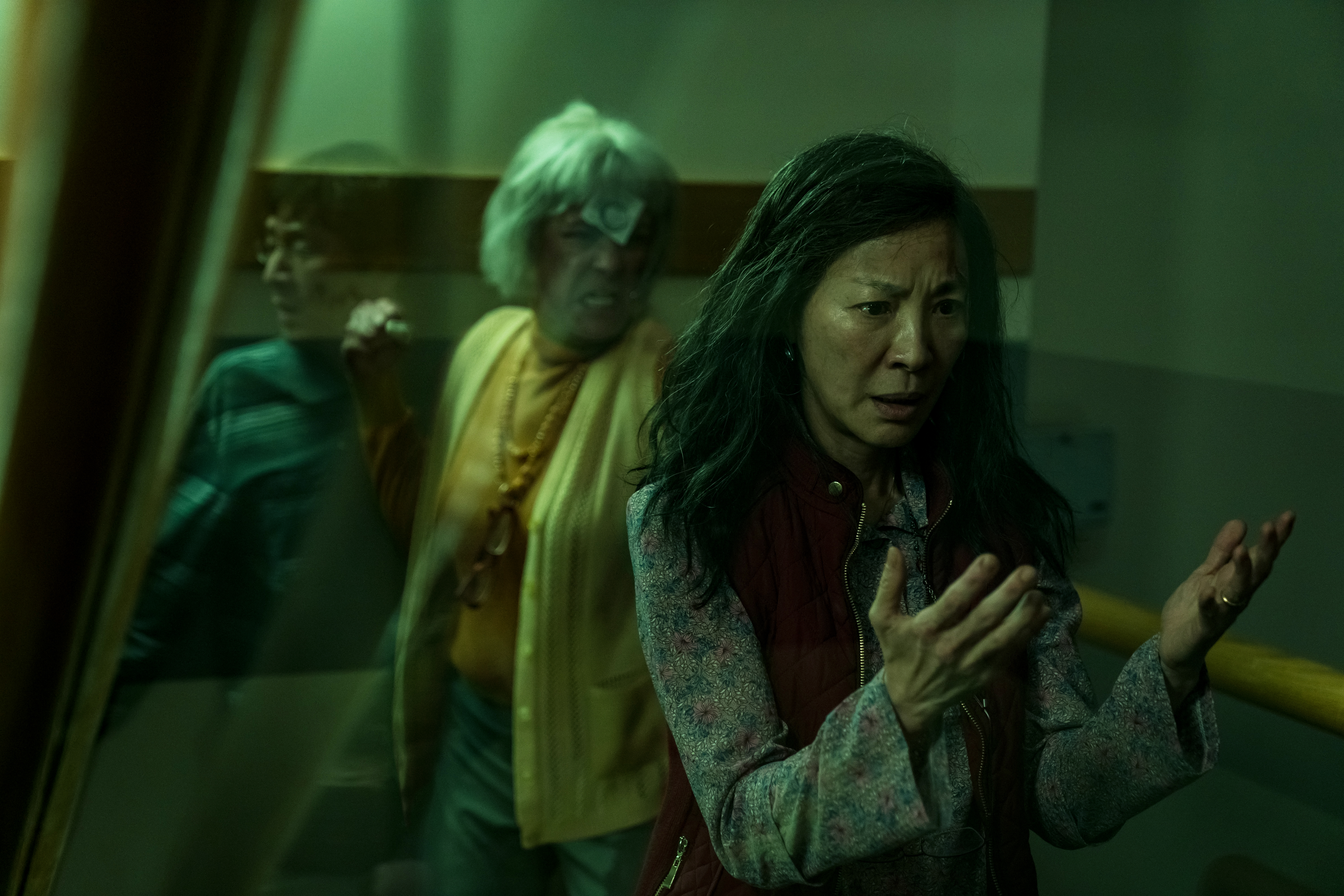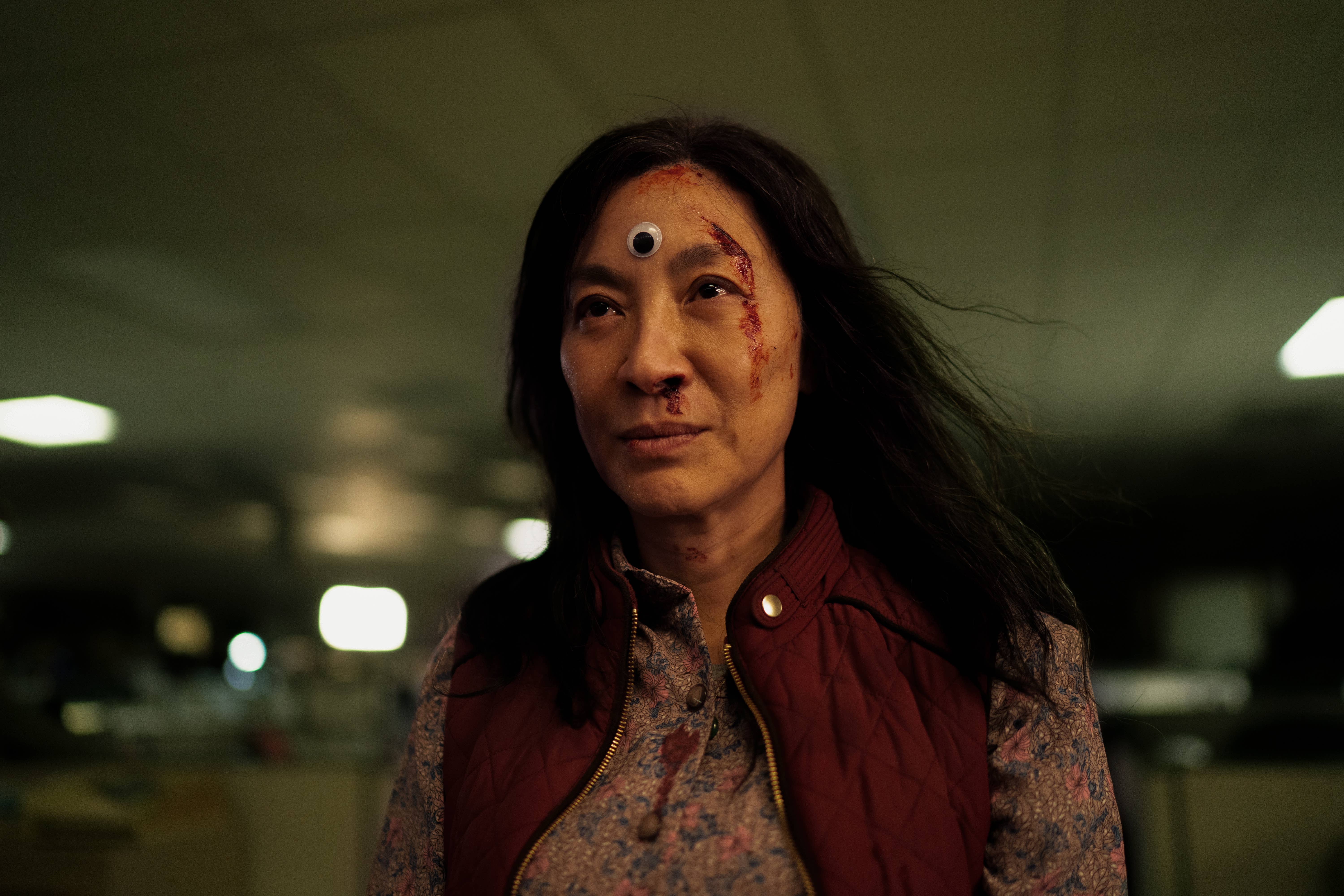
There’s a sea change coming for Asian America—a course correction that is past overdue.
For years, we believed that working hard would be enough to succeed in this country. We were an immigrant working-class, sold on the concept of a meritocracy: Keep your head down, don’t cause waves, work hard, and reap the rewards.
It worked, but only to a point. We got the job but were rarely promoted. We became the leader’s assistant, but never the leader. Cultural analysts refer to this phenomenon–of being underrepresented in boardrooms and at the levers of representative government–as the “bamboo ceiling.” Despite composing 12 percent of America’s workforce and more than 30 percent of America’s tech jobs, only 4.4 percent of Fortune 1000 company directors are Asian American.
There are intersecting reasons for this disparity, but leadership’s hesitation to promote us can develop subliminally, via our media depictions. It is more common to cast us as the computer analyst than the romantic lead, and over time, perception becomes the truth. It is akin to a gilded cage. The implication is we should be grateful for what we get. And we’d better act and fly right, lest we lose that too.
When Asians do break out of these media roles, often at the behest of Asian creators behind the camera, the results can be transformative. The recent film Everything Everywhere All At Once is the latest in a long line of Asian American films that expand people’s perception of who we are and who we could be. Examining this film, and what makes it great, has a lot to tell us about how far we’ve come as a people and what part of the journey remains.


Gold House organizes media campaigns, buying out theaters to ensure that Asian-led films, such as Crazy Rich Asians (2018), Searching (2018), Parasite (2019), and Shang-Chi (2021) have successful opening weekends. Studios consult with Gold House to ensure that their portrayals of Asian culture are authentic. Recently, Gold House was a cultural consultant for the 2022 Disney/Pixar film Turning Red, ensuring that the food—which is Chinese, but more specifically, Cantonese, and even more specifically, Taishanese—was accurate. Those tiny, specific details make a huge difference.
“When you are specific with a story and its nuances,” said Tran, “it brings an authenticity that resonates universally with a lot of people, outside of the AAPI community as well.”
Gold House’s efforts will culminate in this year’s inaugural Gold Gala on May 21, which celebrates the work of Asians who have fundamentally impacted American culture and society. Honorees include Dwayne “The Rock” Johnson, Hailee Steinfeld, and Mindy Kaling.
Tran worked hard for this moment, leaving behind a high-paying career to dedicate himself full-time to this advocacy work.
"I've been very focused since I was a kid," said Tran. "[My goal was to] go to the best college I could, make sure I got the bills paid, and do what my parents always dreamed that I would do. I worked at a law firm in entertainment media litigation for about seven years, but I never felt fulfilled. But I was part of all those diversity committees and groups and stuff on the side. And that was always enriching and something that I really, really loved."
In Everything Everywhere All at Once, Asians are behind and in front of the camera. The co-writers and co-directors are Dan Kwan and Daniel Scheinert. The lead actress is Malaysian actress Michelle Yeoh, who achieved mainstream fame as a martial arts action star in Police Story III: Supercop with Jackie Chan; in Crouching Tiger, Hidden Dragon with Chow Yun-Fat; in Tomorrow Never Dies with with Pierce Brosnan; and in Shang-chi with Simu Liu.
In this film, Yeoh plays a woman who can travel from one alternate universe to another. In one universe, she’s a martial arts master and Hollywood star—a fictionalized version of the actress herself. In another universe, she’s a professional sign twirler. In another universe, she’s a teppanyaki chef. After Yeoh’s character learns to “verse-jump,” she can transfer the skills of her other lives into her present one.
On a figurative level, one can read this movie as an acknowledgement of Asian people’s multitudes—that we are more than one role or type. Audiences rarely see Michelle Yeoh in a movie that stretches her capabilities, one that gives her comedic one-liners alongside dramatic extremes. Martial arts are a mere facet of her character, rather than the end-all, be-all of who she is. This film feels like a statement of purpose that Asians should be able to proclaim their identity without having one imposed upon them.
Part of proclaiming and loving yourself is acknowledging all your parts—positive, negative, and mixed. One of my favorite details in Everything Everywhere All Once is how Yeoh’s character owns and runs a failing laundromat. This resonated with me because all four of my grandparents also washed clothes for a living. They used the laundry business to build a legacy in this country, for us, and for future generations.
But I’m also an adult now. And I can remember a time, not in the distant past, when I would have been embarrassed by this association and might have dismissed this movie as reinforcing negative stereotypes. Why did we ever look down upon this thing, which laid the foundation for our success and testified to our work ethic?
For me, it’s because when I was younger, I was self-conscious about how non-Asian people would perceive me. That’s what it was like to grow up in Bethpage, NY, which was 94% white. I was always, whether purposefully or subconsciously, performing my identity for a non-Asian audience. I projected whatever they wanted to see, in hopes they would accept me more easily. And when I went outside my house, I was representing and speaking for all of my people. The white people in my town had so little exposure to Asian Americans, that anything I said or did might have been extrapolated onto the next Asian person they met.
A lot of Asian Americans are nerds. A lot of our families did work in the laundry business. But when there are so few roles for Asians–when every role must speak for an entire people by default–we cannot abide by anything that might make us look weak, vulnerable, or disadvantaged. So we run from them, desperate to prove we are not like “those other Asians.” And we sabotage ourselves because those are the very qualities that make our characters three-dimensional and compelling.
“Everything Everywhere All At Once focuses on the complexities and dreams the main character had before she came to the United States,” said Tran. “She’s not just a side character running a laundromat. It doesn’t behoove us to say that those stereotypes and those common things we see on screen don’t exist. But what is more important is to talk about everything around that as well, and make the character multi-dimensional.

I asked Jon M. Chu, the director of Crazy Rich Asians (2018), about the importance of creating Asian characters with multiple layers, who are not reduced to their occupation or cultural signifiers, and yet, do not deny our realities. And he emphasized the importance of reclaiming pride. What was once a source of shame need not be.
“An accent [for example] is beautiful,” said Chu in an interview with Complex. “It means you speak another language. It means you have this view of the world that other people can’t see, because they don’t know that other language. And so how do you make that beautiful instead of how accents have been portrayed in the past, as something to look down on?”
The talent pool is not the issue—lots of brilliant work never gets made, or it is watered down by the time it enters production. Filmmaker and Internet personality Eugene Lee Yang first gained mainstream attention as one-fourth of the YouTube group “The Try Guys.” Yang created the channel for Buzzfeed with three other men, and they gained a viral presence with videos such as “The Try Guys Try UFC Fighting” and “The Try Guys Try Nude Modeling.” But initially, Yang attempted to break into Hollywood the “right way”—by applying to and attending the USC School of Cinematic Arts.
“USC tried as a film program to replicate Hollywood in a very realistic way,” said Yang in an interview with Complex. “So when you’re competing against other students and you are trying to appease professors, who by and large are white and straight men? It left me well-equipped for the industry, but it also gave me a sense that there was a lot of work to be done around representation.”
But now that Yang has more power to call his own shots and tell his own stories, he’s taking advantage. In 2019, he published a performance media art piece titled “I’m Gay,” in which he claimed his identity as an out Asian man. More recently, he published a documentary about the history of anti-Asian violence in the United States. And now, he is in the process of developing his first feature film, on his terms.
“I often use the phrase—and I forget who coined it—‘the centering of your perspective,’” said Yang. “Sometimes, you forget that perhaps, you’re looking at your own story through another person’s lens. I think that so many of us, without even consciously knowing it, perhaps especially in our youth, were writing things without knowing that we were trying to sell them for someone other than ourselves.”
“I have the experience now to understand the power of the story that I’m telling, and making sure that that is part of the pitch and part of the process. And people are buying into it, because they want me to tell my story. Not because I’m trying to fill some sort of strange idea they have of what Asian American is.”
The power of Everything Everywhere All At Once lies in its comfort of not performatively overcorrecting for the non-Asian audience. An Asian film need not get upon stilts to drive the point home that “these are not your typical Asians.” We’ve already passed the audition. The characters should simply be because there is room for everyone.
The freedom to do this, to not say everything that needs to be said in a single film, shows how much progress we’ve made as a people. We should not walk on eggshells, afraid to ruin the one chance we’ll ever get to prove ourselves. We need to know there will be more opportunities, for positive and negative representation, and for Asian characters to flesh out the full picture of who we are.
“We often joke that until our community can celebrate mediocrity, we will not have made it,” said Tran. “Not everyone has to speak for everyone all the time.”
Tran also told me something sad, but entirely relatable, that when Golden House first began, many of its participants had never been part of an Asian network. In our desire to assimilate and gain acceptance in this country, many of us walk a lonely road. But we should lean on each other, and Chu recalled an interaction he had with Dwayne “The Rock” Johnson that drove this point home. Johnson is half-Samoan on his mother’s side, and Chu was directing him in G.I. Joe: Retaliation.
“It was our first day with my first big action movie, and he came up to me on the first day,’ recalled Chu. “I was so nervous. And he said, ‘Jon, you look like my cousin.’ And I was like, ‘Oh, really?’ And he said, ‘Yeah, you look exactly like him. What’s crazy is someone like you can be directing a movie like this, and someone who looks like me is starring in a movie like this. Let’s crush this.’”
“And that meant the world to me,” said Chu. “From then on, I knew he had my back. And it gave me all the confidence that I needed. I always wanted to give that back. I knew I couldn’t give that back to The Rock. But I can give that back to anyone else on set.”



